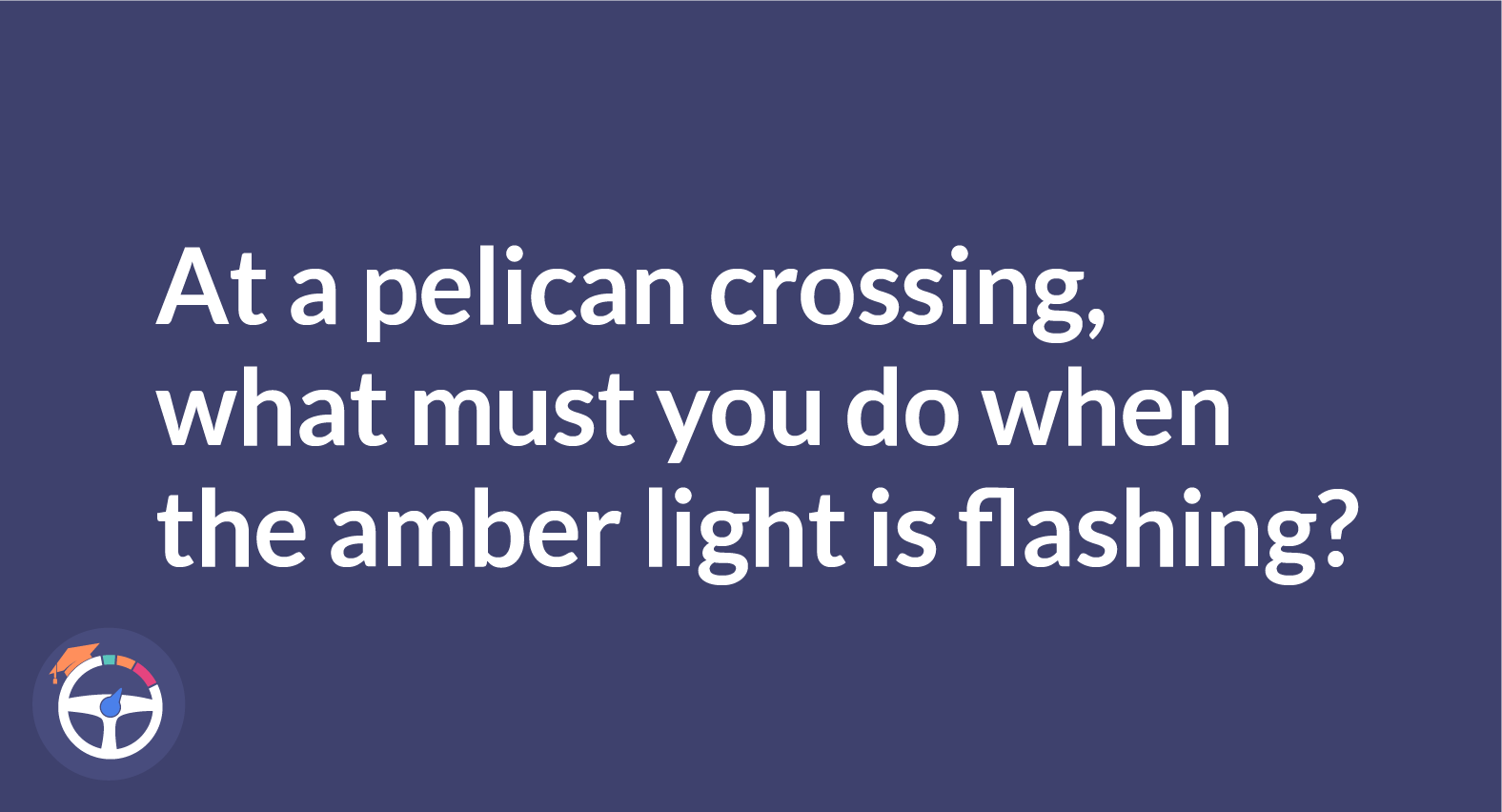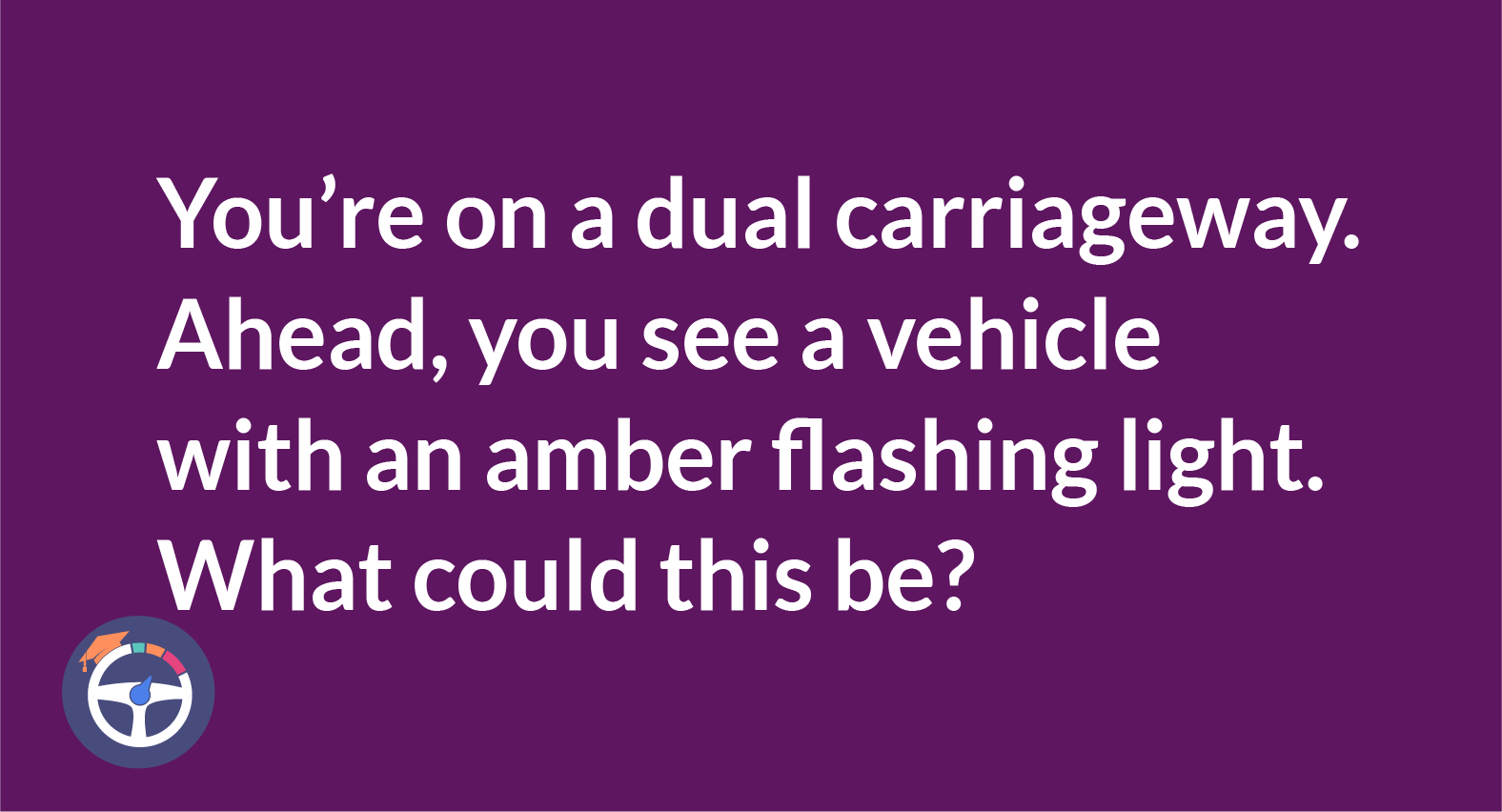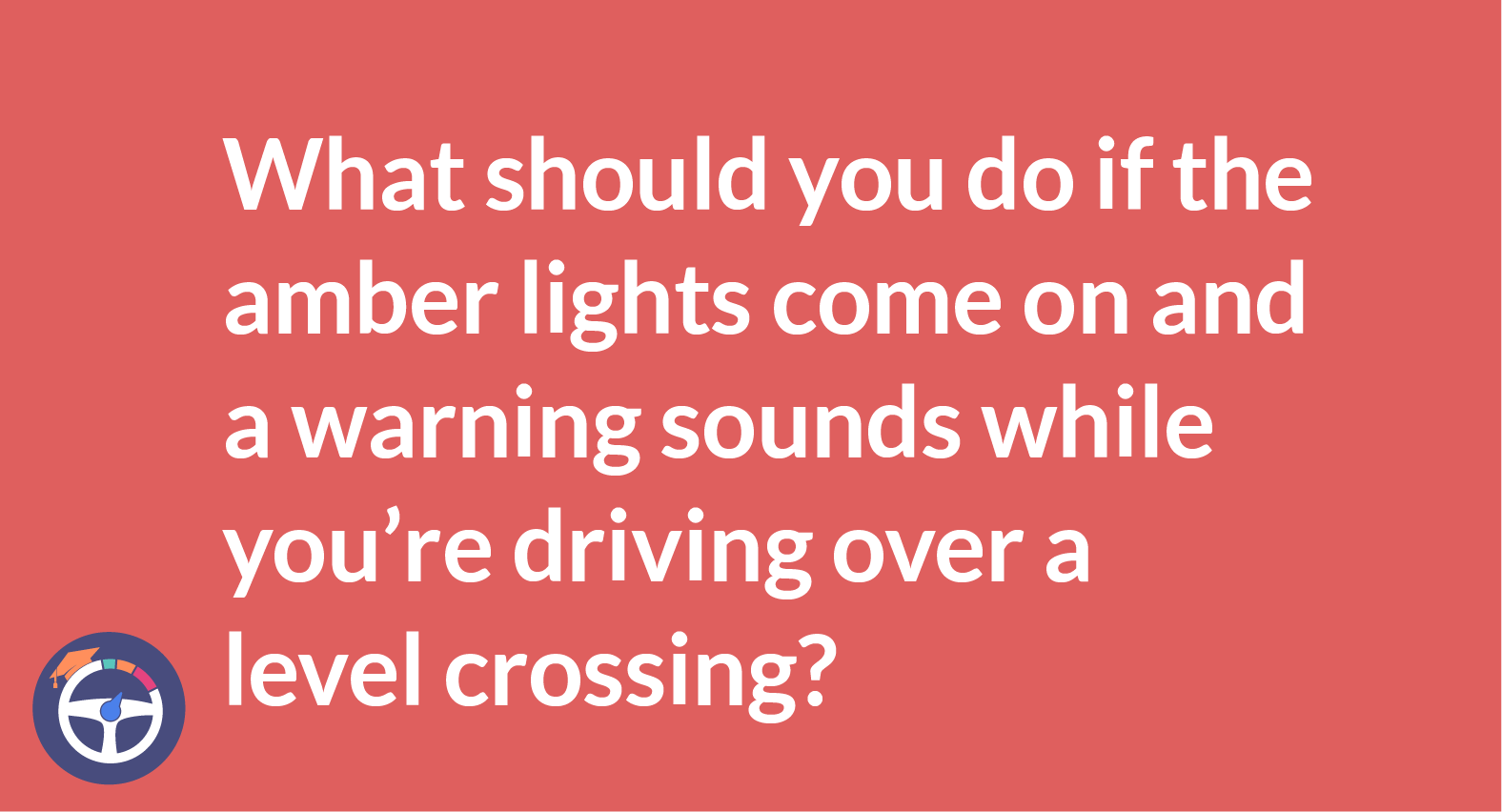What does the flashing amber light mean at pelican crossing?
By Umm e Hani on May 07, 2024Contents
- What's a Pelican Crossing?
- The Three Faces of a Pelican Crossing
- Red Means Stop
- Green Means Go (With Caution)
- Amber – The In-Between Signal
- Deciphering the Amber Light
- Why You Shouldn't Speed Up
- That’s A Wrap!
- FAQ
Are you a new driver trying to navigate the roads and decipher the meaning behind those colorful traffic lights? Well, you're in the right place! In this guide, we'll highlight the key points about the amber signal at Pelican Crossings and why it's crucial for you to pay attention. So, buckle up and let's hit the road!
What's a Pelican Crossing?
Before we delve into the amber light, let's quickly recap what a Pelican Crossing is. Unlike your everyday zebra crossing, Pelican Crossing comes equipped with traffic lights to regulate the flow of both vehicles and pedestrians. These crossings are designed to enhance safety by providing designated intervals for drivers and pedestrians to cross the road.
The Three Faces of a Pelican Crossing
At a Pelican Crossing, you'll notice three distinct lights: red, green, and amber. Each light serves a specific purpose, and it's crucial for new drivers to understand the meaning behind each one.
Red Means Stop
When you encounter a red light at a Pelican Crossing, it's time to bring your vehicle to a complete halt. This is the signal for pedestrians to cross safely, and it's your responsibility as a driver to wait patiently until the light turns green.
Green Means Go (With Caution)
The green light, on the other hand, signals the go-ahead for both drivers and pedestrians. However, this doesn't mean you should hit the gas pedal like you're in a NASCAR race. Exercise caution, be aware of your surroundings, and yield to pedestrians who are still crossing the road.
Amber – The In-Between Signal
When the amber light begins to glow, it's a warning that the lights are about to change. For new drivers, this is a critical moment that requires attention and quick decision-making.
Deciphering the Amber Light
The flashing amber light at a Pelican Crossing is not an invitation to speed up and race through the intersection. Quite the opposite! It serves as a heads-up, signaling that the green light is about to turn red. Here's what you need to keep in mind when you see that flashing amber beacon:
1. Prepare to Stop
As soon as the amber light illuminates, mentally prepare yourself to come to a stop. Slow down and get ready for a complete halt.
2. Check Your Surroundings
Before reaching the crossing, take a quick glance around. Ensure there are no pedestrians still making their way across and that the road is clear.
3. Stop if Possible
If you're able to safely stop before reaching the crossing, do so. Remember, safety first!
4. Proceed with Caution
If you're too close to the crossing and stopping abruptly might pose a risk, proceed with caution. However, do not accelerate. Instead, maintain a steady speed and be prepared to stop if necessary.
Why You Shouldn't Speed Up
Now, let's address the elephant in the room – why on earth would anyone speed up when they see the amber light? The answer is simple – it's dangerous! Speeding up when the amber light is on increases the likelihood of accidents and jeopardizes the safety of both pedestrians and fellow drivers.
By understanding the purpose of the amber light, you're not only following traffic rules but also contributing to road safety. So, resist the temptation to put the pedal to the metal and embrace the amber light as a signal to slow down and prepare for a safe stop.
That’s A Wrap!
As a new driver, mastering the art of navigating Pelican Crossings is essential for your safety and the safety of others on the road. Remember, the amber light is not an excuse to speed up but a crucial warning that demands your attention and careful consideration. So, the next time you approach a Pelican Crossing and see that amber glow, take a deep breath, slow down, and make the roads safer for everyone. Happy driving!
FAQ
1. Why Does the Amber Light Exist?
The amber light serves as a transitional signal, indicating a change in the traffic light sequence. It provides a brief period for drivers to adjust their speed and prepare for the upcoming change from green to red.
2. How Long Does the Amber Light Last?
The duration of the amber light can vary, but it's generally a short interval, typically a few seconds. This brief period is designed to prompt quick decisions from drivers without causing abrupt stops.
3. Can You Proceed When the Amber Light is On?
While the amber light signals that the green phase is ending, drivers can cautiously proceed if it's unsafe to stop abruptly. However, speeding up is not the correct response, and drivers should maintain a safe and steady speed.
4. What If You're Already in the Intersection When the Amber Light Turns On?
If you've already entered the intersection when the amber light comes on, it's generally advised to proceed through the intersection cautiously. However, if you can safely come to a stop, it's preferable.
5. Does the Amber Light Apply to Pedestrians Too?
Yes, pedestrians should also pay attention to the amber light. It signals that the time to start crossing the road is coming to an end, and they should expedite their crossing if they haven't already.
6. Why is Speeding Up Dangerous During the Amber Phase?
Speeding up when the amber light is on increases the risk of collisions, especially with pedestrians who might be crossing the road. It also makes it challenging for drivers behind you to react in time, contributing to potential rear-end accidents.
7. What if the Road Ahead is Clear? Can You Ignore the Amber Light?
Even if the road ahead seems clear, it's important to adhere to traffic signals. The amber light isn't just about the immediate surroundings; it's a standardized signal designed to maintain order and safety on the roads.
8. Are There Penalties for Disregarding the Amber Light?
Yes, disobeying the amber light can lead to traffic violations and fines. It's considered a part of traffic signal regulations, and law enforcement monitors adherence closely.
9. How Can New Drivers Practice Reacting to Amber Lights?
New drivers can practice their reaction to amber lights in controlled environments, such as empty parking lots. Simulate approaching a Pelican Crossing, and practice slowing down and making safe decisions when the amber light activates.


